Network Access Control (NAC) enhances security by managing device access to a network, ensuring compliance with policies. It identifies, authenticates, and authorizes devices, providing a secure network environment for organizations.
Network Access Control (NAC) plays a crucial role in protecting networks by restricting unauthorized access and maintaining security compliance. It offers visibility into all connected devices, enabling administrators to enforce policies consistently. By detecting and responding to potential threats quickly, NAC solutions help organizations maintain a secure network posture. NAC integrates with existing infrastructure, providing seamless operations while reducing security risks.
What are the critical features of NAC solutions?In industries such as healthcare, finance, and education, NAC solutions are used to ensure secure access to sensitive data and protect against unauthorized device connections. They help maintain data integrity and confidentiality by enforcing strict access controls tailored to each industry's needs.
Network Access Control is essential for organizations aiming to protect their networks from unauthorized access while maintaining efficient operations. It provides a robust framework for enforcing security policies and ensuring compliance, making it a valuable tool for network management.









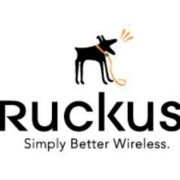
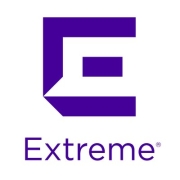




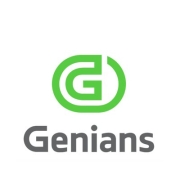



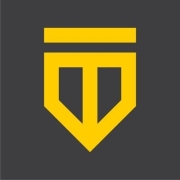
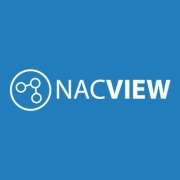
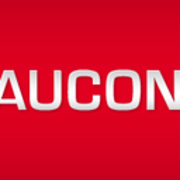
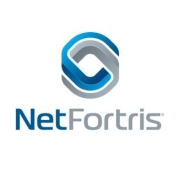

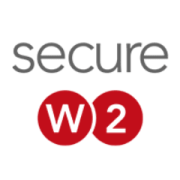






The exponential growth of mobile devices connecting to networks also exponentially increases the possible attack surface. Every connected device represents a potential entry point for an attacker. Thus, it is critical to provide visibility, access control, and compliance to the network security infrastructure.
NAC systems can block or allow access to devices that don’t comply with the security rules. They can also quarantine malicious packets and restrict access to computer resources. As such, NAC is a solution that works to prevent unauthorized access to a network.
Some experts can argue that there is no longer a need for network access control when most of the applications and workloads of organizations today are in the cloud. Since most companies allow the use of personal devices for work (BYOD or “bring your own device”) and due to the widespread usage of IoT (internet of things), it may seem irrelevant to try to defend a network perimeter.
Next-generation NAC solutions address these concerns and have evolved to include hybrid cloud, distributed networks, and wireless endpoints (like IoT and BYOD). With the increasing numbers of organizations moving to the cloud, there is a need for NAC solutions that provide the visibility and accuracy necessary for the handling of complex networks.
Wireless network access control or 802.1X network access control is an Institute of Electrical and Electronics Engineers standard for network access control that covers wired and wireless access points. This standard defines the authentication controls for users or devices that try to access a LAN (local area network) or WLAN (wide area network).
Traditional network access control doesn’t address issues caused by wireless network access, BYOD (bring your own device), and cloud computing. This expanded attack surface results in increased exposure of the perimeter to threats.
The new distributed attack surface results in an evolution of what the NAC needs to protect. Formerly, the network access control only had to monitor and protect a perimeter of connected devices. Nowadays, the NAC also needs to protect the network from wireless devices and access points. Wireless NACs do exactly that.
NAC solutions improve network security by enforcing policies that dictate who can access your network and under what conditions. This ensures that only authorized and compliant devices gain entry, reducing the risk of breaches. NAC can perform real-time monitoring to identify unauthorized access attempts and automatically respond by blocking or restricting access, thus maintaining the integrity of your network infrastructure.
What are the key features to look for in a Network Access Control solution?When evaluating NAC solutions, consider features like comprehensive visibility into devices, robust policy enforcement capabilities, integration with existing IT infrastructure, automated threat responses, and ease of deployment. The ability to manage both wired and wireless networks, alongside support for BYOD policies, is also crucial. Choose a solution that offers strong reporting and compliance capabilities to ensure thorough monitoring and documentation.
Can NAC integrate with other security systems?NAC can integrate with a wide range of security systems, including firewalls, intrusion detection systems, and endpoint security solutions. This integration allows for a more holistic security posture, as NAC can share information about devices and access attempts with these systems. This collaboration enhances threat detection and response capabilities, creating a more cohesive and effective defense strategy across your entire network environment.
How does Network Access Control support compliance requirements?NAC plays a critical role in helping organizations meet compliance requirements by ensuring that access policies are consistently enforced. It can provide detailed reporting and audit logs showing who accessed the network and how compliance is maintained. This documentation is essential for demonstrating compliance with standards such as PCI DSS, HIPAA, and GDPR, making NAC an invaluable tool for regulatory adherence.
What challenges might you face when implementing NAC?Implementing NAC can present challenges such as potential network disruptions during deployment, the complexity of integrating with existing systems, and the need for ongoing policy management. You may also encounter resistance from users if access restrictions are seen as overly restrictive. To mitigate these challenges, thorough planning, pilot testing, and communication with stakeholders are essential. Additionally, select a NAC solution that offers flexibility and scalability to grow with your organization.